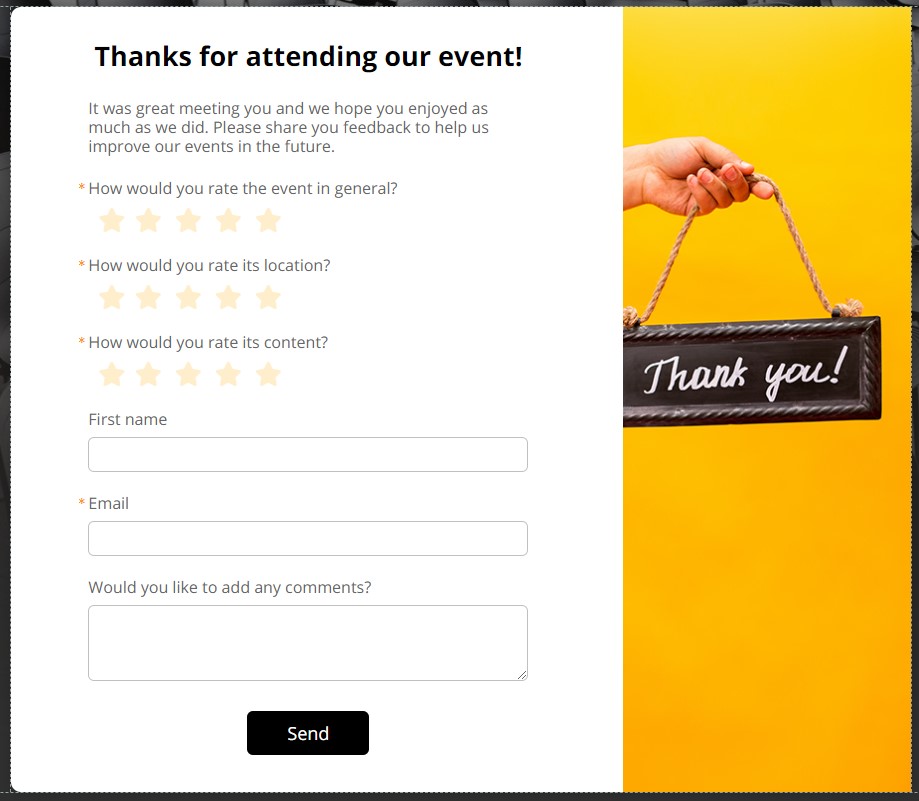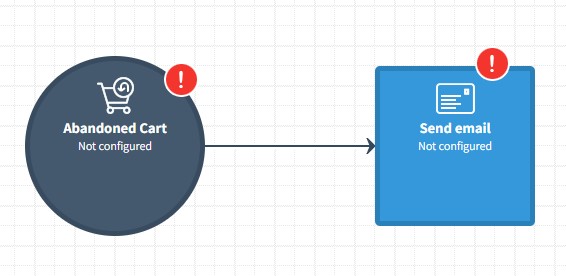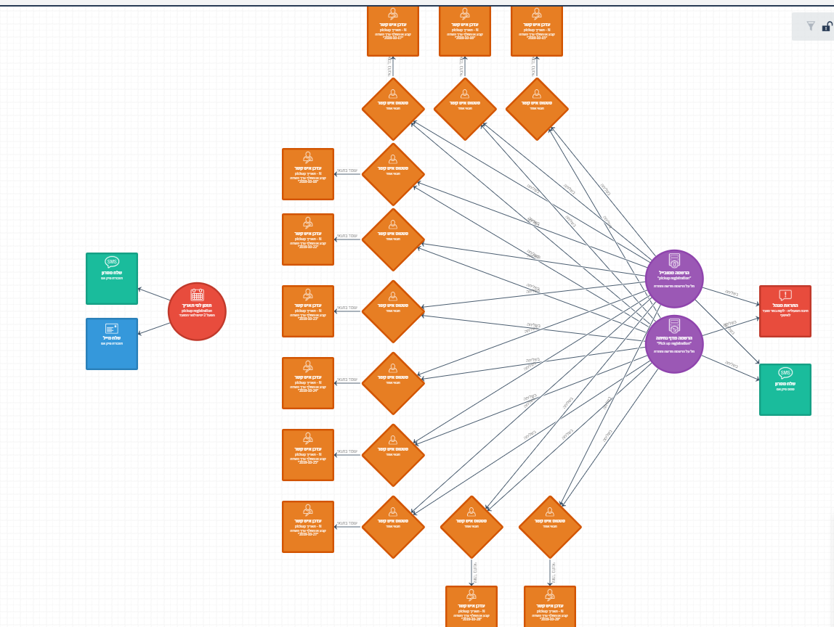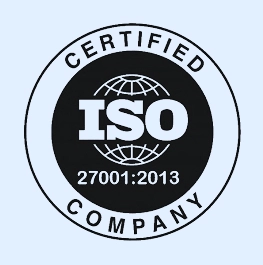In recent years, the need and importance of working online has become more apparent for many businesses. Companies, networks, and organizations have started developing digital products and services they didn’t offer before and have made the transition from physical to digital business models.
The idea is to create an online infrastructure for your business, whether it’s an online store for selling products, educational courses on an online portal, online therapy or consulting sessions, or professional content published on the web.
Why Move Your Business Online?
First of all, this doesn’t mean your business will stop operating offline. The goal is to create an additional infrastructure that works alongside your offline business.
That said, there are many benefits to being online, including:
- Maximum Accessibility and Convenience: People can access your content, service, or product without leaving home.
- Wider Reach: Even those who aren’t physically near you can access your services and products, including people living abroad.
- Faster Distribution: It’s easy to reach a large audience in a relatively short amount of time.
- Additional Source of Income: Online marketing leads to additional sales and revenue.
- Saves Time: Communication with customers can be almost fully automated.
- Works for You 24/7: Your business is open every day, all day. People can buy, consume content, and get value from you even when your store or office is closed.
How to Transition Your Business Online?
Here are 7 suggestions to help you make the move:
- Build a Responsive and Converting Website
Your website is your business – it’s your business card, showcase, and doorway to new customers. It helps potential clients who don’t know you yet to find you and learn about your services. Many people search for professionals online today (and usually on their phones, so responsiveness is key). If you’re not online, you’re missing out on a significant buying power. - Start a Blog
Even if you don’t have a website yet, starting a blog will help establish you as an expert in your field. It allows you to consolidate various types of content (tutorials, professional articles, personal opinions, case studies, etc.), creating a valuable resource that will improve your Google search ranking. Plus, it will help you build a loyal readership. People who read your blog will learn about your industry and receive valuable content, strengthening your business reputation. - Build an Audience and Gather Leads
Create email lists of potential clients who are interested in what you have to offer and register via a form on your website or blog. This will allow you to keep their details and segment the audience based on different characteristics. Later on, this helps you continue and strengthen your connection with them through personalized, valuable content. - Strengthen Relationships Through Email Marketing
Once you’ve built an audience that has shown interest in your products or services, it’s important to continue delivering value to them. Update them, share new developments, give a behind-the-scenes look, and incorporate promotions and launches (without overdoing it, so it doesn’t feel like you’re always selling). Remember, the main goal is to provide value. Clients who feel valued are more likely to stay loyal and even promote you on their own. - Marketing and Advertising
While it’s great that customers promote your business, you can’t base your entire marketing strategy on that. In addition to content marketing (via blogs and email newsletters), it’s advisable to also promote your business on social media to reach a broader audience (after all, everyone’s there these days). You can do this yourself or with the help of professionals. Make sure to analyze where your target audience spends their time and focus on those platforms. - Engagement on Social Media
To get to know your audience better and help them get to know you, it’s important to be active on social media, not just to market and advertise. Share about your business on your personal profile, engage in groups to position yourself as an expert in your field, and show a strong presence to attract more followers and increase exposure. - Data Analysis
It’s important to continuously learn and improve. Extract data and statistics from your email campaigns and website traffic. This is the best way to understand what your audience is looking for, what interests them, how to communicate with them effectively, and if there are different audience segments that need tailored approaches. You’ll be surprised at how much this data can teach you about your business.
In Conclusion
It may feel like a lot of work, but it’s important to clarify that you don’t have to do everything all at once. You can start with the basics and gradually move forward. Every small step you take will help you gain momentum and progress in the right direction. Sometimes, just taking one small step is enough to get things rolling and cover great distances. We at Smoove are here with all the tools to help establish your business in the digital world and strengthen your connection with clients.
So, what’s the first step you plan to take in transitioning your business online?
































